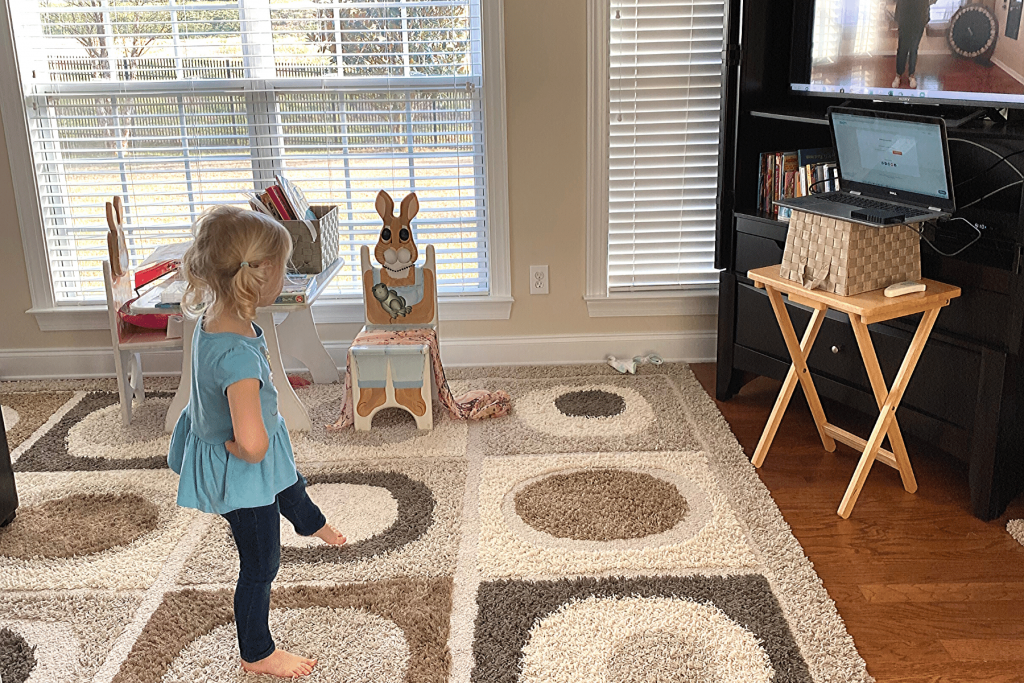
In my lifetime, I’ve seen two events classify as a crisis, first 9/11 and now COVID-19. It’s a time like no other. Businesses of all sizes find their revenues dwindling or evaporating altogether, and workers fear for their jobs.
But, I know Americans will unite, and our country will become stronger in the end. And, your business can, too, with the right focus on marketing and communication that brings you closer to customers and others in your community.
During uncertainty, marketing is often the first thing to cut. But it can help you survive and thrive in the long run if you know where to spend your resources.
That’s why I’m sharing how to invest wisely in your marketing so every business can have a fighting chance to survive, possibly the most widespread crisis most of us have ever seen.
Stay Positive
Mindset is everything. If you believe you can, then you can. If you think you can’t, then you can’t. A confident mindset might not seem like marketing, but it will keep you moving forward when faced with a challenge.
Imagine what your life and business will look like after the crisis and keep that in focus EVERY SINGLE DAY. Now, get out a sheet of paper and drawing pencils, markers, or crayons. Finally, draw a picture of your happily ever after when the crisis passes.
Then, hang it somewhere in clear view until it becomes your reality.
Get Creative
Given your new situation, how can you help others with your product or service? It might look different than yesterday, but shifting how, when, or where you provide your product or service can keep customers engaged and some revenue flowing.
For example, my daughter takes tumbling and a ballet and tap dance class each week. Her dance studio didn’t miss a beat by moving to an online format until classes could resume regular in-person instruction.
With school out, many kids are stir crazy at home, along with parents. But with the online dance class, our daughter socialized with her friends and teachers, received dance instruction, and had fun. Not only could my husband and I participate in some much-needed exercise too, but it became the highlight of our day.

What changes can you make to serve customers? For example, can you go online, modify services or products, or reduce options?
But what if your business is a theme park, for example? That type of shift to maintain revenue in the meantime isn’t possible. So then, share updates to keep customers excited to visit when you open and informed about any tickets purchased, refunds available, etc.
For future revenue opportunities, maybe add other events to the calendar, open new attractions, or schedule special days to draw a crowd later. So get to work now adjusting your marketing plan so you can recoup as much lost revenue as possible, and you’ll be ready in the future when crowds return.
Overcommunicate Everything
Not sharing new safety precautions, protocols, hours of operation, menus, product availability, and more leaves customers thinking that you can’t meet their needs, you’re doing nothing to react, or worse, cause them frustration.
If they don’t feel safe, know when you’re open or what you have to offer, they’ll go somewhere else, and you’re left hoping they’ll return.
You can NEVER communicate enough during a crisis. And things are changing quickly. So, put people to work helping you get the message out. They can hang signs, call customers, post on social media, answer phones, send e-mails, update your website, and more.
Share what you know, and don’t hold anything back. For example, if you sell toilet paper and run out, let customers know when you’ll have more, even if that’s not for 30 days. Just because the answer isn’t good doesn’t mean you should hide it.
Share what you know, message effectively, and be helpful. Let’s face it – you can’t hide that you won’t have toilet paper for 30 days! Returning customers to your store will continue to see empty shelves and WILL go somewhere else. It’s only a matter of time, and they’ll be frustrated when they do.
Here’s an example: “We’re so sorry we’re out of toilet paper. Last we checked, XYZ had some available. We expect our next shipment on April 25th, but we’re working hard to get it sooner.”
If you saw a sign with the above message at your local store, how would you feel about that store? You might feel like they’re genuinely sorry they’re out of what you need, and they care to help you find it now or get it later at their store.
When you give customers information, they can make a choice that’s best for their needs. Unfortunately, the unknown causes people anxiety, and a crisis is already hard enough.
Create a Crisis Communication Plan
Identify every place you have available to communicate to customers, who will help manage each one, and how often you plan to share an update. Expect to make changes and be flexible.
This mini-communication plan can save you during a crisis and help build loyalty with customers. Plus, it helps make sure you don’t miss a channel you can use.
Channels to consider:
- Social media – People have more time to spend on social media. So, if you can’t connect with them in person, go online. But, don’t sell during this time. And, if you have an item to offer that helps your audience, show how it’s helpful and don’t sell it.
- Website – Create a dedicated page but don’t include it within the navigation. That way, it’s easy to hide or remove once the crisis is over. Then, add a block of text and call out from the homepage and any other relevant pages and link to that page. If you’re offering a unique item or collecting feedback, create separate pages and form-fills. It will be easier to track and remove it when needed. You may need a micro-website if you have several pages or more in-depth information to share.
- E-mail – You own your e-mail list, so use it to communicate with customers. The frequency of when you should send e-mails depends on what you have to help serve them. At a minimum, you should e-mail them what protocols, changes, and more are taking place in your business due to the crisis.
- Display and Social Media ads – Only use ads if you’re offering a product or service that can help others during this time. Using ads to sell frivolous products or services will only frustrate and anger your audience and waste precious dollars.
- Signage – If you’re still open, let people know. Door signs, banners, yard signs, and other signage can generate awareness.
Now that you’ve got a plan for customers, don’t forget about employees. How will they get the appropriate training they need, answer questions, and are ready to go to work helping you help others? Daily meetings, calls, text messages, and more can keep everyone connected.
Update Marketing and Promotional Materials
Pause all current marketing and promotions. What you had planned may not be appropriate, the product or service may not be available, or you need to shift to serve customers better. Your original message or offer will probably fall on deaf ears at this time.
Be nimble and change, but be sure to update all materials and channels. Get help where you need it to keep everything up-to-date.
Go Above and Beyond
Do more for your customers during a time of need than you ever have before. That could mean issuing an invoice after the work is complete instead of before you begin, offering financing or monthly payments if possible, doing more than what’s in your scope of work, and more.
What can you do to make things easier for customers? Help lighten their load when you can; they’ll be thankful that you did.
And don’t forget about your employees. They’re facing the same fears as customers. So reassure your team, but be open and honest. They need to be informed and clear about the changes ahead. That way, they can work toward the goal you’ve set.
For your business to survive a crisis, you must adapt and respond. Use these tips to guide your efforts. Stay safe and leave me a comment with what you’re going to use in your business today.
Ready, set, grow!
All my best,


Leave a Reply